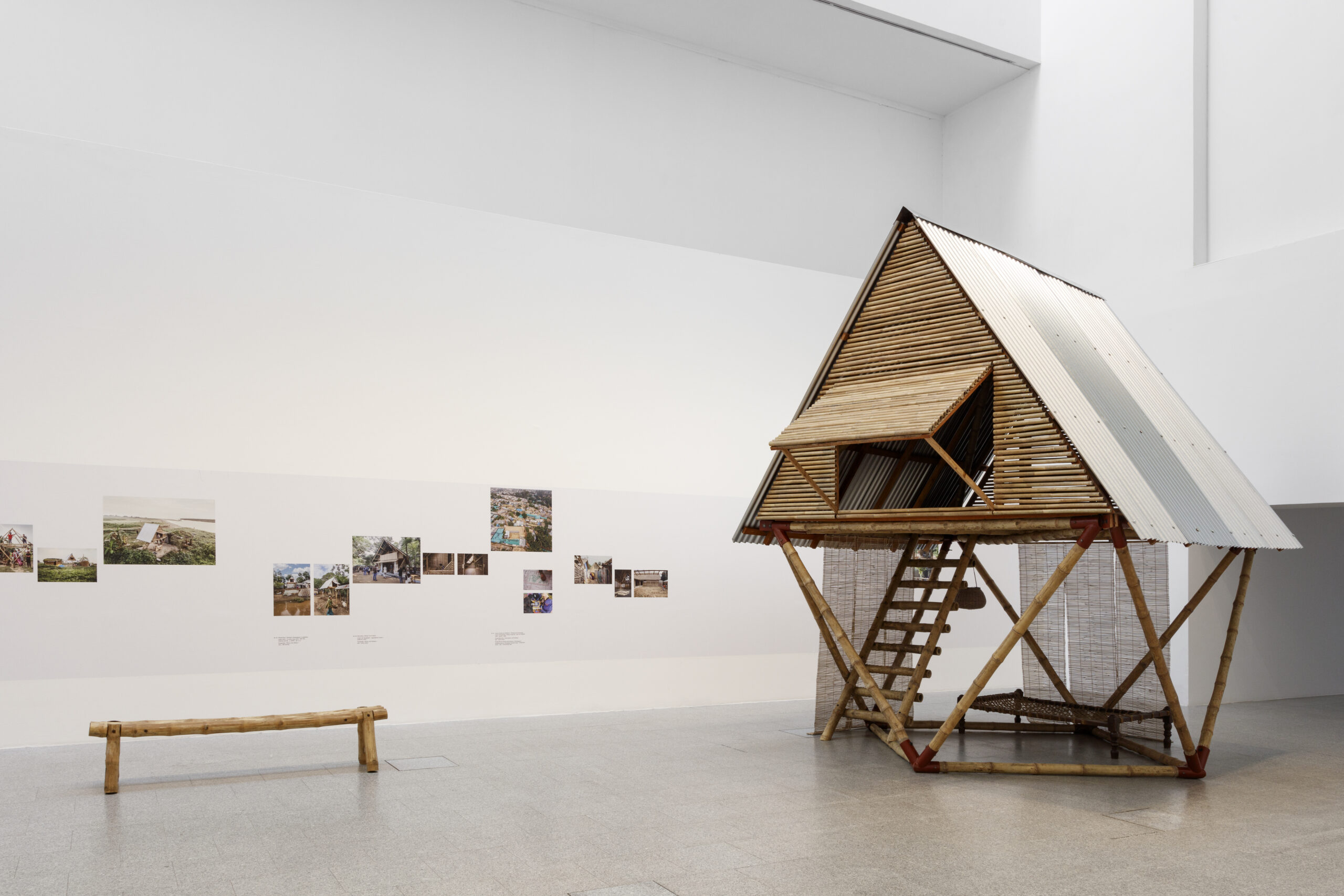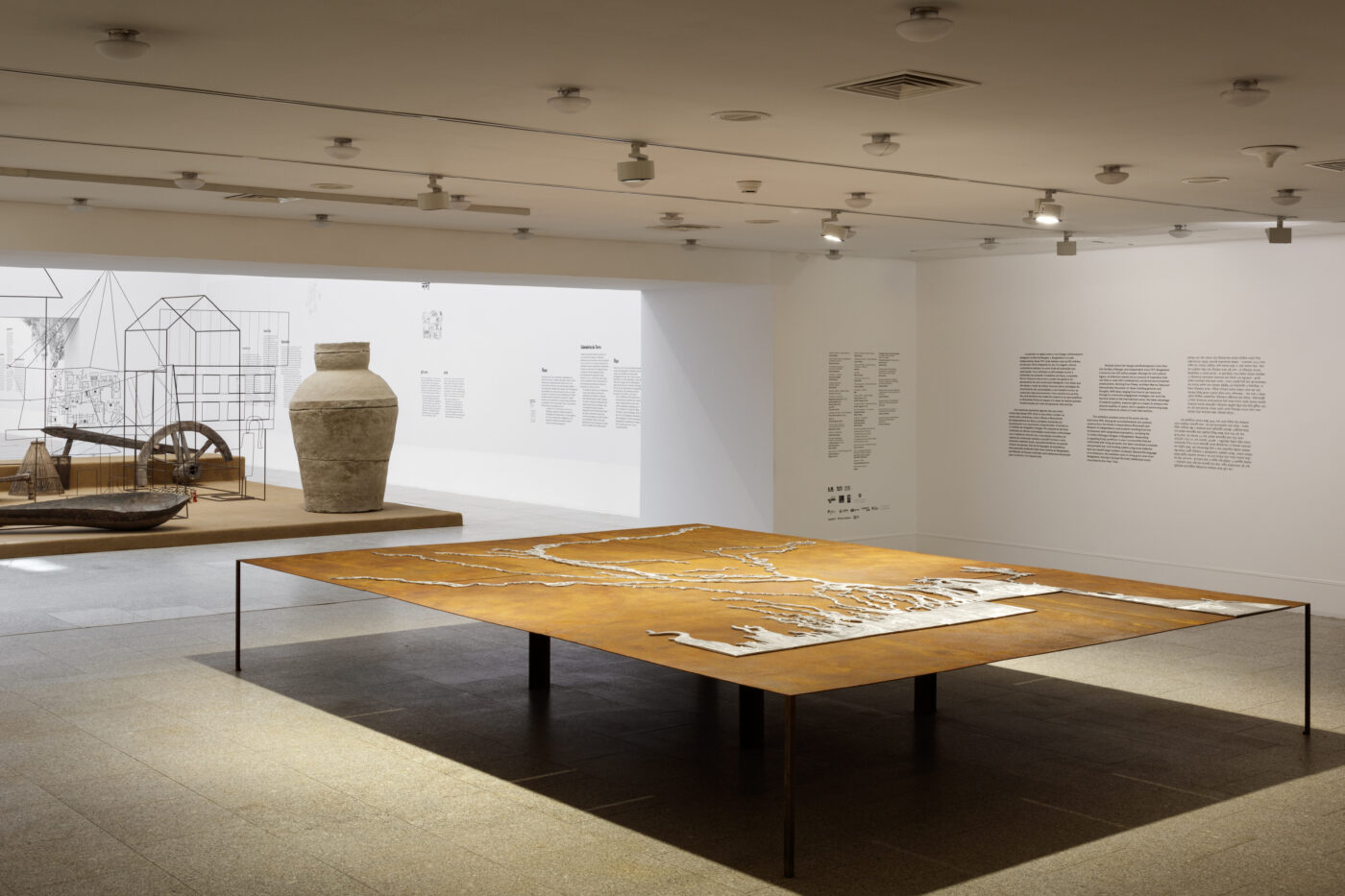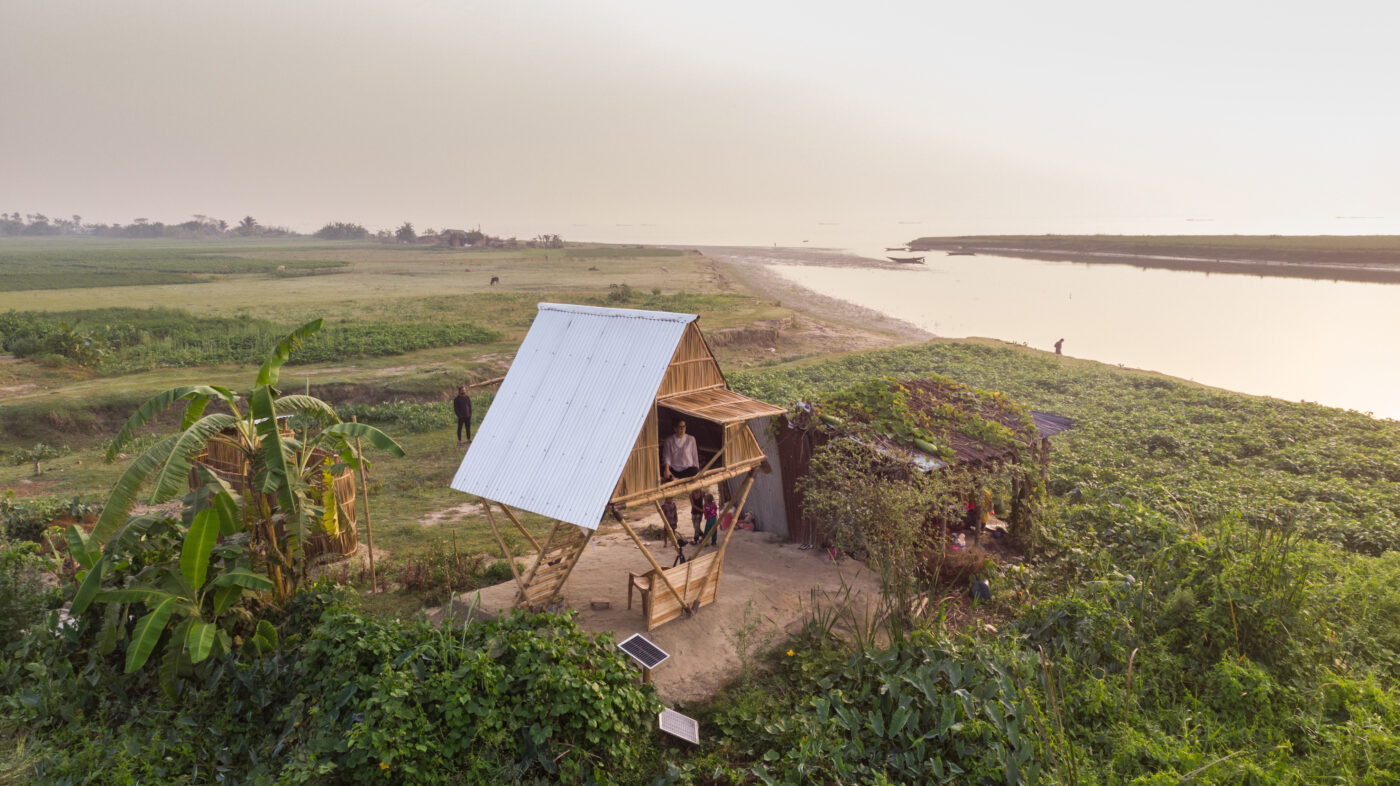exhibition
The power of gestures and thought
“Materials, Movements and Architecture in Bangladesh” at MAC/CCB

Bangladesh, a country which is home to more than 150 million people, faces multiple environmental and social difficulties. In the exhibition Materials, Movements and Architecture in Bangladesh, architect Marina Tabassum demonstrates the power of gestures and thought in intelligent construction, in response to the precarious living conditions of needy communities faced with rising sea levels.
Situated in the region where the Ganges and Brahmaputra rivers flow into the Bay of Bengal, in South Asia, Bangladesh is marked by lush vegetation and many canals. Most of the country is low-lying plains, fertilized by floods from the many rivers and waterways that cross them. But rivers, during the flood season, also cause great destruction in the most rural areas.
This is, in fact, one of the biggest problems the country faces and, therefore, Marina Tabassum, in a work that responds to the social problems of communities and climate challenges, taking advantage of local resources and knowledge, designed, together with her team, a low-cost modular and portable construction system. “Many people lose their homes due to rain or lose makeshift shelters in fires”, says the Bengali architect and educator.

In Materials, Movements and Architecture in Bangladesh, Tabassum presents some of her works built since 1995. Among them, stand out responses to urgent problems, such as the living conditions of the 1.2 million Rohingya refugees or the transformations imposed by the rise of sea level, like a life-size model of one of the houses she designed, entirely made of bamboo, which makes the homes airy, safe and accessible.
Working in Dhaka, capital of Bangladesh, Tabassum, who has sought to establish an architectural practice that is both contemporary and rooted in place, develops ideas that range from how to use resources to community involvement strategies. In her internationally recognized work, the architect takes advantage of the characteristics of materials and explores light to qualify the physical dimensions of the space. Furthermore, and according to curator André Tavares, one of her main advantages is the ability to “carry out major transformations through small interventions”.

The exhibition, which is also curated by Vera Simone Bader, brings together installations, videos, photographs and everyday objects from these populations, and also aims to bring good news from Bangladesh, sharing in Europe the lively intellectual scene fueled by the flow of rivers in that country.
Materials, Movements and Architecture in Bangladesh can be visited until September 22.